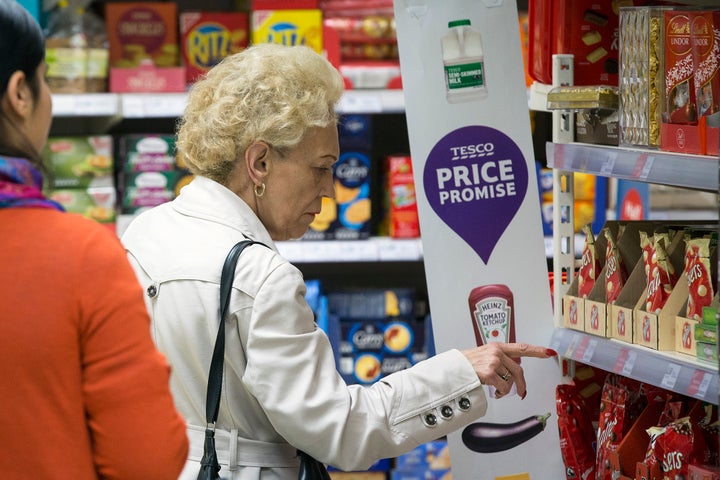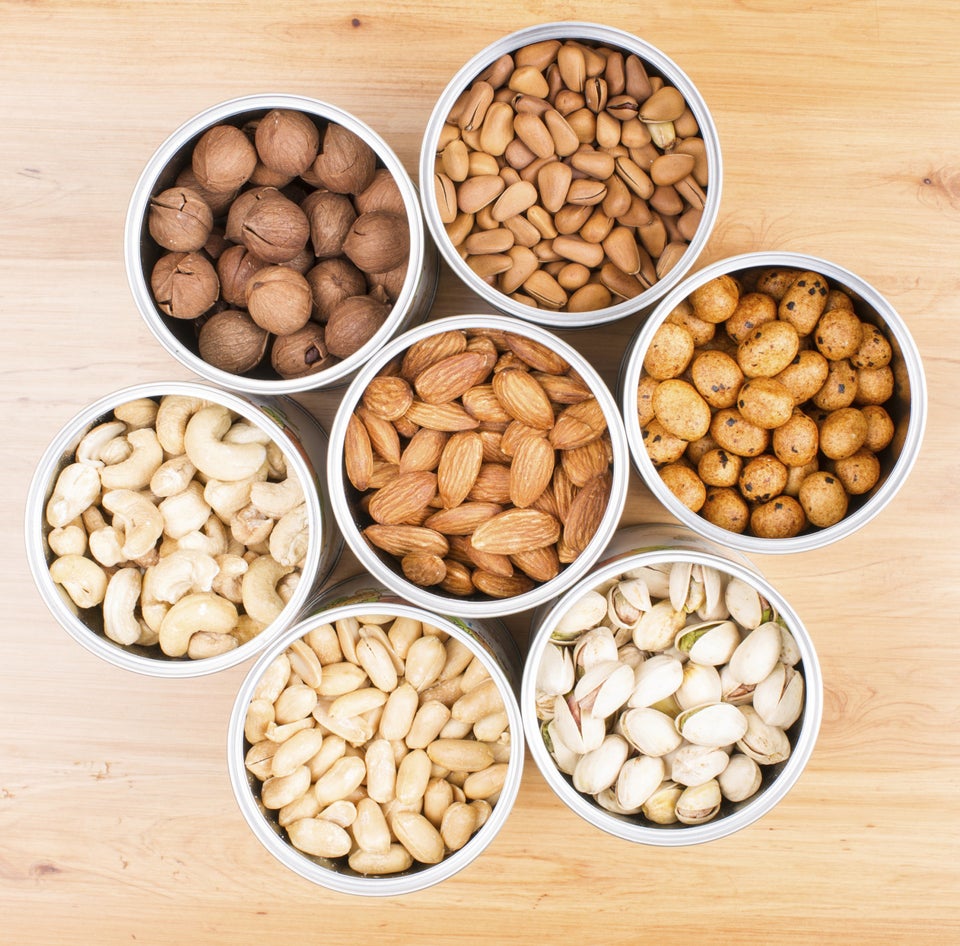It's not hard to find a snack during any shopping outing, no matter the kind of your store you're in. Places like CVS and even retailers like Old Navy have increasingly added packaged foods and beverages to shelves. These non-grocery stores are taking a page from major mass merchandisers like BJ's and Costco, where customers can pack a set of lawn flamingos and a case of mac and cheese into a single shopping cart, sometimes at a better price than at the supermarket.
Consumers are taking advantage of the trend, and why not? When you're purchasing back-to-school supplies at a non-grocery Target and see a big box of your favorite crackers, adding them to the cart seems like a no-brainer.
The purchase may save a trip to the grocery store, but you're probably not doing yourself as much of a favor as you'd think. Even as you save some cash or time, you may be paying a hefty price in terms of empty calories.

A new study published in the American Journal of Preventive Medicine found that American consumers are increasingly buying food from mass marketers and non-grocery stores, meaning giant warehouse clubs, drug stores and retailers where food isn't the main focus. That's a problem because the kind of food on offer at bulk and discount superstores tends to be higher in calories, sugar, sodium and saturated fat than typical grocery store fare, according to the research.
“Previous studies on the relationship between the food environment and its association to diet have paid insufficient attention to the types of stores where people shop for food, what they actually purchase, and the nutrient profile of those purchases,” lead investigator Barry M. Popkin of the University of North Carolina at Chapel Hill said in a statement.
Popkin and his team collected their data with Nielsen Homescan, a tool that scans the barcodes and tracks the details of all packaged foods and beverages. They observed the buying habits of 652,023 households in 52 metropolitan and 24 non-metropolitan areas between 2000 and 2012.
During this 13-year period, food purchases from grocery chains dropped from 58.5 percent to 46.3 percent. Food purchases increased from 13.1 to 23.9 percent for mass merchandisers, 3.6 to 5.9 percent for convenience stores and from 6.2 to 9.8 percent for warehouse clubs. The most popular packaged food purchases were savory snacks (chips, pretzels), grain-based desserts (cookies, cakes) and regular soft drinks.

The study didn't investigate why consumers are buying pantry goods at places other than the grocery store, but impulse probably comes into play. Previous research has exposed the psychology behind checkout line impulse buys: There's a reason the drug store places delicious candies by the register, and it's because our brains are wired to act first and think later. Perhaps this is why it's become so easy to pick up a box of Nutter Butters on a run that was just meant for paper towels.
Another study found that just looking at junk food can invoke hunger. From a marketer's perspective, why wouldn't non-food retailers add some cheap snacks to their shelves to make an extra buck?
Certainly there's more research to be done to explain this junk food buying behavior. In the meantime, you might try to be cognizant of where you buy your food, restricting food shopping to the grocery store and the purchase of performance fleeces to Old Navy. For now, it seems, the two are better off kept separate.
Also on HuffPost:
